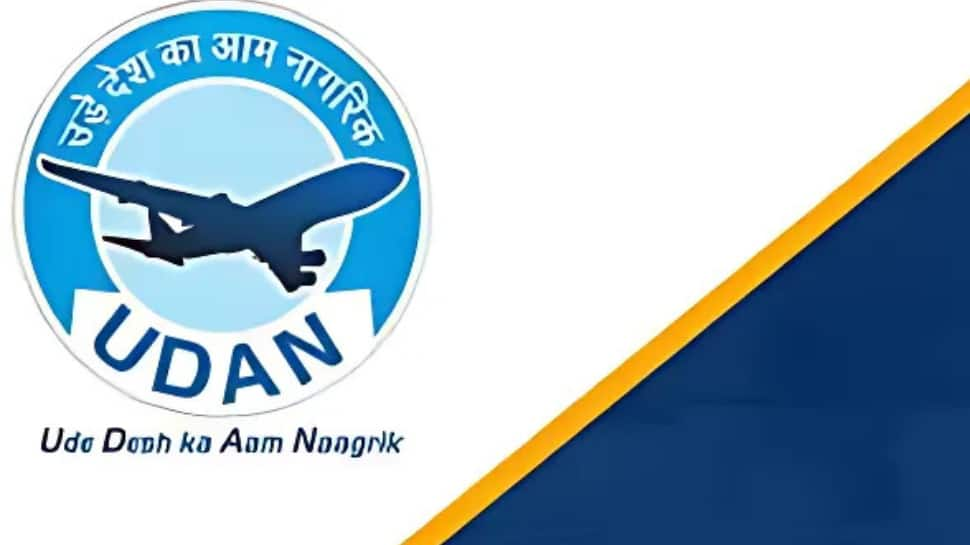New Delhi: The Indian aviation landscape has seen a significant transformation under the UDAN (Ude Desh ka Aam Nagrik) scheme as the number of operational airports in the country has doubled from 74 in 2014 to 157 in 2024 and the aim is to increase this number to 350,400 by 2047, the government said on Sunday.
Domestic air passengers have more than doubled in the last decade, and Indian airlines have significantly expanded their fleets.
Spearheaded by the Ministry of Civil Aviation (MoCA), UDAN aims to improve regional air connectivity from unserved and underserved airports across India, making air travel affordable for the masses.
“As we celebrate its seventh anniversary, UDAN is a testament to the Indian government’s commitment to improving infrastructure and connectivity, especially in remote regions,” the ministry added.
Regional airlines such as Flybig, Star Air, IndiaOne Air and Fly91 have benefited from the scheme, developing sustainable business models and contributing to a flourishing ecosystem for regional air travel.
Notably, Indian carriers have placed orders for more than 1,000 aircraft scheduled for delivery over the next 10 to 15 years, significantly increasing the existing fleet of approximately 800 aircraft.
The first flight of UDAN took off on April 27, 2017, connecting the serene hills of Shimla to Delhi. UDAN operates under a market-driven model, where airlines assess demand on specific routes and submit proposals during bidding rounds.
According to the ministry, the government has implemented several support measures to attract airlines to operate flights in less lucrative markets.
Airport operators have waived landing and parking charges for Regional Connectivity Scheme (RCS) flights, and the Airports Authority of India (AAI) is waiving terminal navigation landing charges (TNLC) on these flights.
Additionally, a discounted Route Navigation and Facilitation Charge (RNFC) applies. For the first three years, the excise tax on aviation turbine fuel (ATF) purchased at RCS airports was capped at 2 percent. Airlines are also encouraged to enter into codeshare agreements to expand their reach.
“States have committed to reduce VAT on ATF to 1 percent or less for ten years and to provide essential services such as security, fire services and utilities at reduced rates,” the ministry said.
Initiatives such as UDAN 3.0 have introduced tourist routes connecting various destinations in the northeast region, while UDAN 5.1 focuses on expanding helicopter services in mountainous areas to stimulate tourism, hospitality and local economic growth.
Disclaimer:
The information contained in this post is for general information purposes only. We make no representations or warranties of any kind, express or implied, about the completeness, accuracy, reliability, suitability or availability with respect to the website or the information, products, services, or related graphics contained on the post for any purpose.
We respect the intellectual property rights of content creators. If you are the owner of any material featured on our website and have concerns about its use, please contact us. We are committed to addressing any copyright issues promptly and will remove any material within 2 days of receiving a request from the rightful owner.

